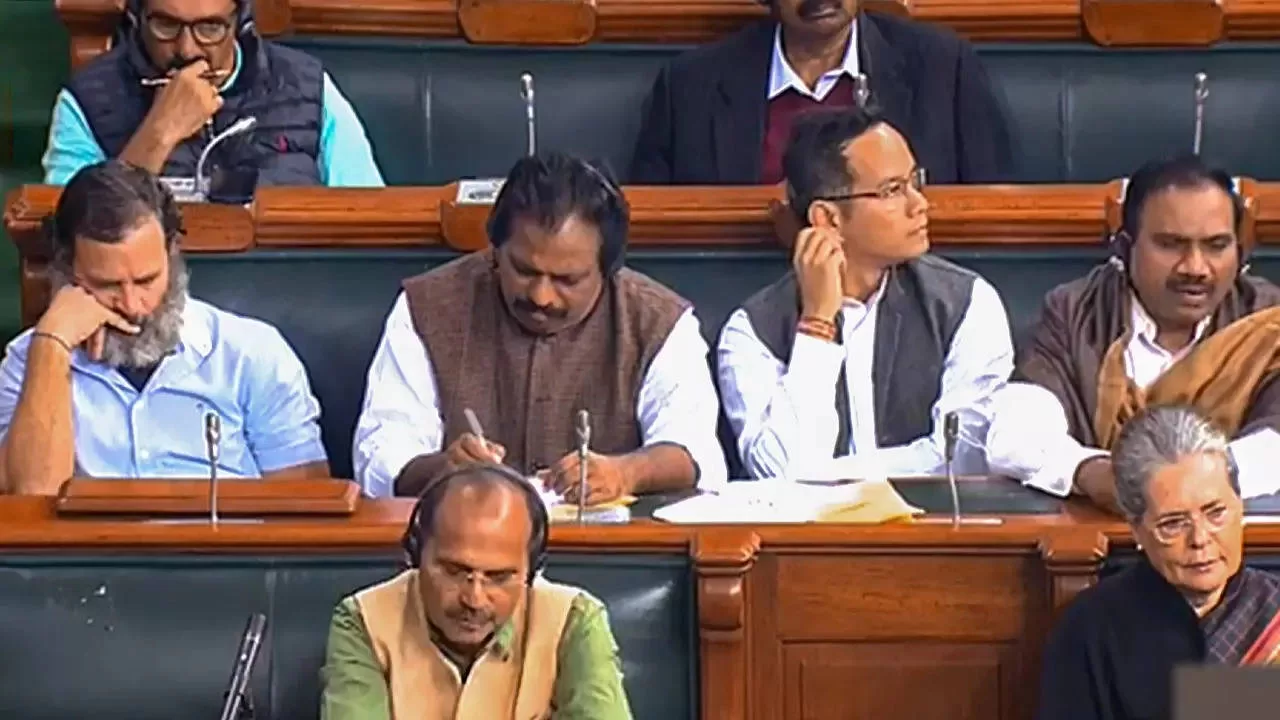The changes also nudged taxpayers towards the new income-tax regime introduced in 2020-21 by offering a slew of concessions under this scheme while leaving the old tax regime unchanged. The strong push for the new regime was underlined by making it the default option, meaning that anyone wanting to stick to the old regime will have to specifically opt for it.
In a politically bold move, the FM offered significant relief for the super-rich: for those with annual incomes above Rs 5 crore, surcharge will come down from 37% to 25%. This means the effective rate at which they pay tax on their income above Rs 5 crore will be 39% and not 42.74%. Once again, this is only for those who choose the new regime.
Another significant nudge was by extending the standard deduction available under the old tax regime to salaried persons and pensioners under the new regime, which means they do not now have to lose out on that concession while moving to the new regime.
Union Budget a gain for women, senior citizens
Senior citizens have a big reason to be happy that they are senior citizens. The maximum deposit limit for the savings scheme for them will double from Rs 15 lakh to Rs 30 lakh. The deposit limit for the monthly income account scheme too has been raised from Rs 4.5 lakh to Rs 9 lakh for single accounts and from Rs 9 lakh to Rs 15 lakh for joint accounts.
There’s uplifting news for women, too. A new Mahila Samman Saving Certificate is to be introduced with an investment limit of Rs 2 lakh for two years till March 2025. Investments in these certificates will fetch a 7.5% interest rate with a partial withdrawal facility allowed.
The most major concession is the increase in the rebate limit to Rs 7 lakh in the new tax regime. Added to this are changes in the rate slabs in the new regime, which effectively mean those under it will pay less tax at every income level than they would have at existing rates. While the existing rates kick in at income above Rs 2.5 lakh, the new ones start from Rs 3 lakh.
The 5% slab, which was between Rs 2.5 lakh and Rs 5 lakh earlier, will now apply from Rs 3 lakh to Rs 6 lakh. Similarly, the 10% slab will apply between Rs 6 lakh and Rs 9 lakh rather than in the Rs 5 lakh to Rs 7.5 lakh range. The 15% slab will be from Rs 9 lakh to Rs 12 lakh against the existing Rs 7.5 lakh to Rs 10 lakh. The 20% slab, which is currently from Rs 10 lakh to Rs 12.5 lakh, will extend from Rs 12 lakh to 15 lakh. The rate above Rs 15 lakh remains at 30%, but the FM has done away with the 25% slab that currently applies from Rs 12.5 lakh to Rs 15 lakh.
Some concessions were offered irrespective of the tax regime you choose to file under. For instance, the limit of Rs 3 lakh for tax exemption on leave encashment on retirement for non-government salaried employees has been enhanced to Rs 25 lakh.
Apart from tax savings, there are proposals that seek to make life easier for the taxpayer.
For instance, the TDS rate on withdrawal of taxable component from the Employees’ Provident Fund Scheme in non-PAN cases is to be cut from 30% to 20%.
The threshold limit for the presumptive taxation scheme available to certain professionals has been raised from Rs 50 lakh to Rs 75 lakh, with the proviso that this will only apply if receipts in cash do not exceed 5% of the annual receipts.
It wasn’t concessions all the way though. The Budget has also sought to widen the tax net. For instance, currently, where a property was bought with borrowed funds, the interest paid on the loan — beyond what was used to claim tax exemptions under Section 24 — could be added to the cost of acquisition for calculating capital gains.





